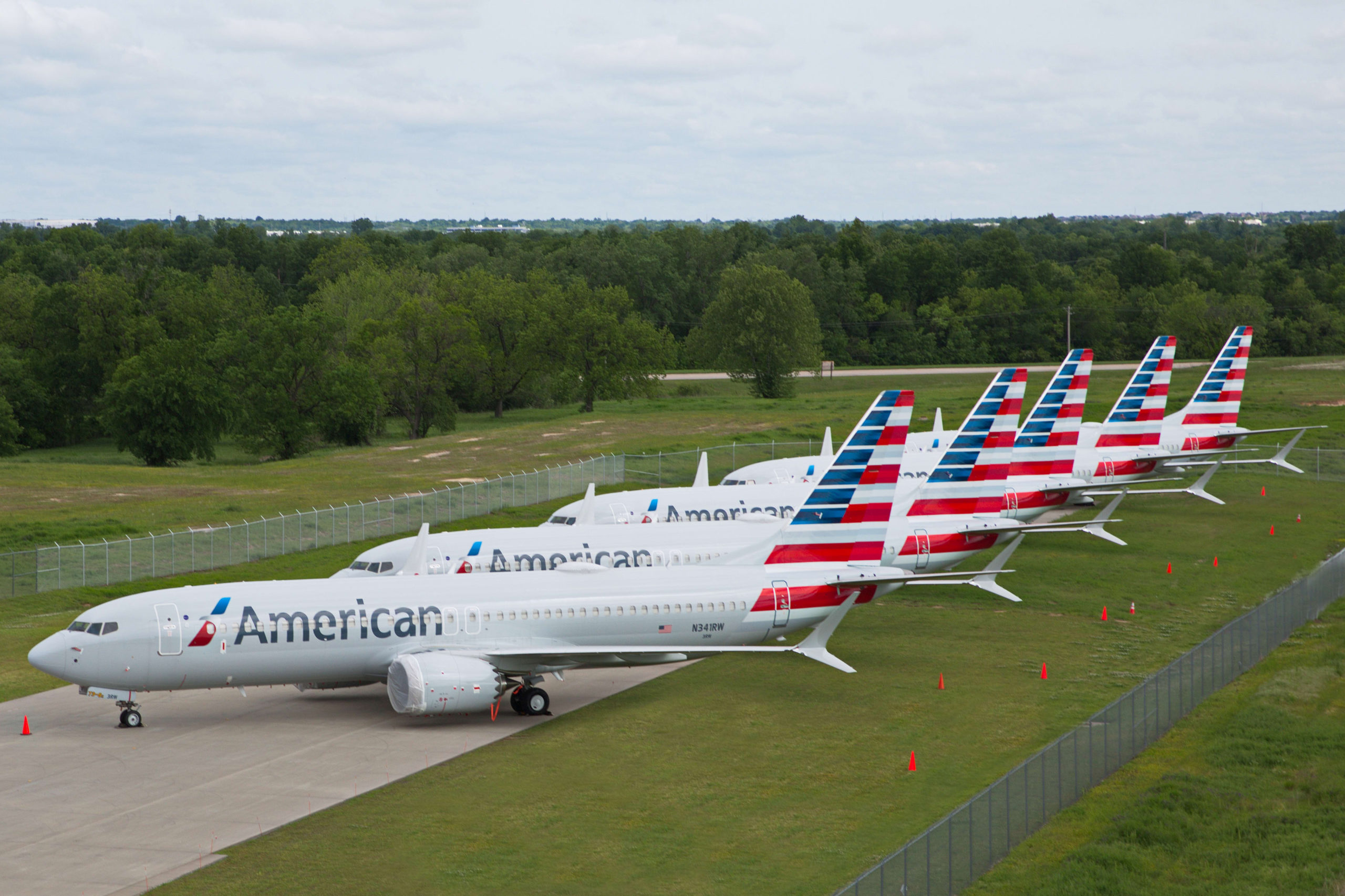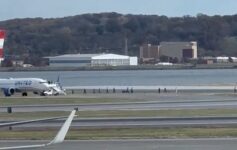
With the industry still reeling from the aftermath of two Boeing 737 MAX crashes, aviation reinsurance rates are up by as much as 250% in 2021.
Aviation Reinsurance Rates Rise In 2021
The 737 MAX is now back in the air in the United States and other nations, prompting unease even as Boeing underwent an extensive re-verification process overseen by numerous government bodies to ensure the problems that contributed to the crash of two jets in 2018 and 2019 were resolved.
Per Reuters:
Insurers and reinsurers face claims from the crashes relating to hull and product liability that could amount to more than $2 billion, a large sum in a relatively small insurance sector.
With claims continuing to arrive, reinsurance rates are up. Yet insurance rates are stagnant or even down as travel bans and border closures have prompted the collapse of international travel and left many planes grounded. Insurance prices that airlines pay tend to be related to the time an aircraft spends in the air.
Reinsurance, also known as insurance for insurers, protects insurers from catastrophic loss.
What does this mean for consumers? Nothing just yet, but the trickle down effect could impact airfare later on.
One the consumer insurance front, we have not seen rates rise as many airlines now proactively offer COVID-19 insurance at no additional cost.
CONCLUSION
Aviation reinsurance rates are up by as much as 250% in 2021. It may take several months or even years of safe 737 MAX flights for rates to drop again. For now, consumers will not feel the impact, but eventually that cost may be passed down.




I would think the pending devaluation of the American dollar forecasted by several bank executives will have a bigger impact on airlines costs.
Good point.
I’m skeptical about this assessment. Granted, it’s still extremely early in the year but the trend in the latter half of 2020 has actually been slight decrease in reinsurance rates. Willis may have some bad exposure here, but the aviation reinsurance market overall has significantly expanded in the last few years and the Russian market in particular has seen newcomers who are far more receptive to international risk than the traditional big names in aviation have been.